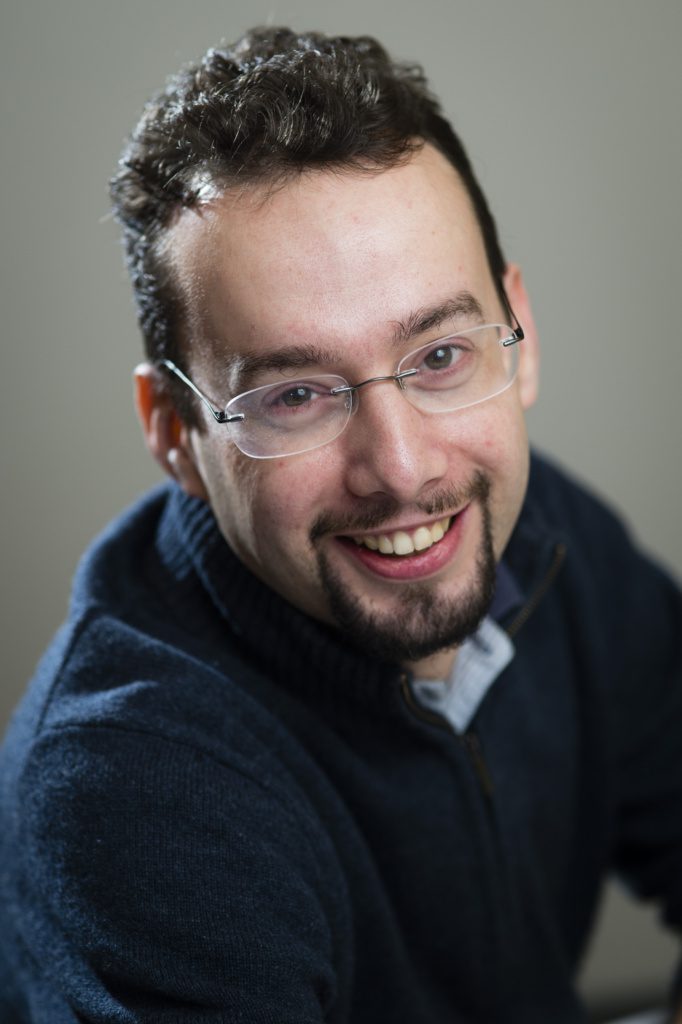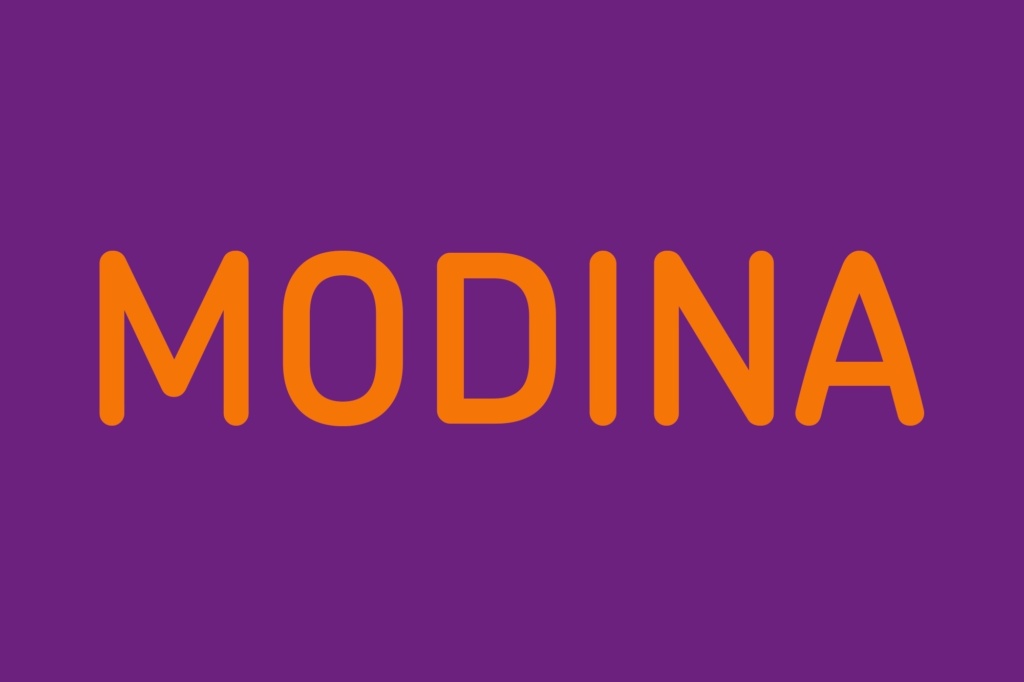MODINA Kicks Off with Ambitious Goals for Dance and Technology Integration
The highly anticipated kick-off meeting of the EU-funded project MODINA (Movement, Digital Intelligence, and Interactive Audience) took place at Tallinn University on the 20th and 21st of September, marking the beginning of an exciting journey into the convergence of contemporary dance and cutting-edge digital technology. The event brought together a diverse group of artists, researchers, and experts eager to explore the uncharted territory of digital innovation in dance.
MODINA’s ambitious mission is to push the boundaries of contemporary dance by harnessing the potential of digital technology. The project, funded by the European Union, received an overwhelming response during its initial call for residencies, with 91 artist duos applying for the opportunity. From this talent pool, five artist duos of choreographers and creative technologists were selected to embark on a transformative journey that seeks to revolutionize the art form.
Diogo Cabral, representing the Interactive Technologies Institute (ITI) at the MODINA project, emphasized the importance of this initiative, stating, “MODINA is a pioneering project that aims to merge the worlds of dance and technology in unprecedented ways. Our goal is to enhance contemporary dance’s creative possibilities and engage and captivate audiences in innovative and immersive experiences. We’re thrilled to be at the forefront of this groundbreaking endeavour.”
The kick-off event also saw the participation of eleven representatives from partnering institutions who will play pivotal roles throughout the MODINA residencies in 2024. Among them were notable figures from Tallinn University’s School of Digital Technologies, including Nuno Correia and William Primett, both key members of the MODINA team. Peeter Normak, David Lamas, Merja Bauters, and several PhD students joined them, demonstrating the project’s interdisciplinary approach.
In addition to the Tallinn University contingent, guests from the Baltic Film, Media, Arts and Communication School (BFM) and the Estonian Academy of Arts (EKA) also made meaningful contributions to the event.
Two thought-provoking panel discussions took centre stage during the kick-off event, where invited artists delved into the implications of using artificial intelligence (AI) and interactive audience engagement in the context of dance performance. These discussions set the stage for what promises to be an intellectually stimulating and creatively charged collaboration between artists and technologists.
Furthermore, participants in the event engaged in a creative ideation exercise, allowing them to visualize unique prototypes by combining drawings, body maps, Polaroid photos, and other visual elements. This exercise served as a glimpse into the innovative potential that lies ahead as MODINA seeks to redefine the boundaries of dance through technology.
MODINA aims to empower dance artists, creative technologists, and audiences by expanding contemporary dance performances’ horizons using digital technology. As the project unfolds over the coming months, it promises to foster groundbreaking artistic creations and deliver unparalleled experiences to audiences eager to explore the intersection of movement and digital intelligence.


